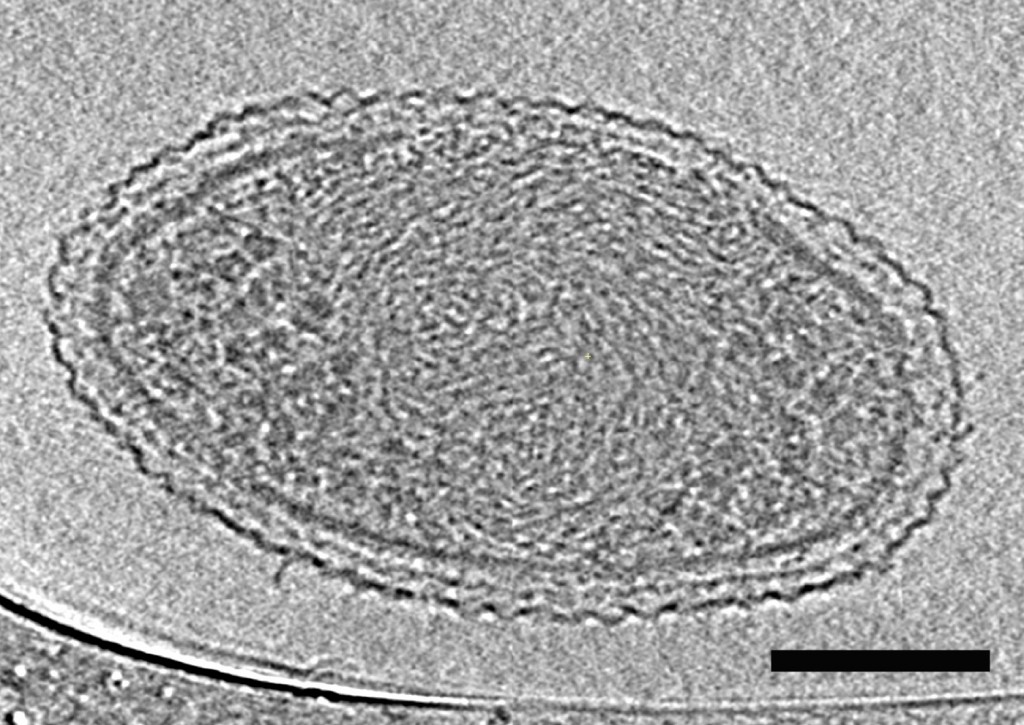Scientists from Lawrence Berkeley National Laboratory of the US Department of Energy have laid claims to discovering bacteria so tiny and nearly invisible that they measure a volume of 0.009 cubic microns – meaning about 150,000 microbes can fit easily onto the tip of the human hair. Found in groundwater, these bacteria turn out to […]
Scientists from Lawrence Berkeley National Laboratory of the US Department of Energy have laid claims to discovering bacteria so tiny and nearly invisible that they measure a volume of 0.009 cubic microns – meaning about 150,000 microbes can fit easily onto the tip of the human hair.
Found in groundwater, these bacteria turn out to be the lowest form of life and can only be seen with electron microscopes. Scientists have debated for decades if such low forms of bacteria exist, but having been found, they now wonder if they have adequate internal material to sustain life.
Seen under the microscope, the bacteria appear like densely packed spirals that could actually be DNA, and they have ribosomes, and carry out a minimized metabolism that should make them reliant on other organisms for sustenance.
“These newly described ultra-small bacteria are an example of a subset of the microbial life on earth that we know almost nothing about,” said Jill Banfield of the Berkeley Lab, a UC Berkeley professor of Earth and Planetary Science. “They’re enigmatic. These bacteria are detected in many environments and they probably play important roles in microbial communities and ecosystems,” she added.
To obtain the bacteria, scientists passed underground water in a series of filters until they got 0.2 microns filter size – the same used for water sterilization. But instead of sterilization in this instance, thousands of microbes were seen in the water.
“There isn’t a consensus over how small a free-living organism can be, and what the space optimization strategies may be for a cell at the lower size limit for life,” said study co-author Birgit Luef, a former Berkeley postdoctoral researcher now at the Norwegian University of Science and Technology.
This research appears to be a major step in profiling the size and structure of ultra-tiny bacteria cells containing miniaturized life.


Leave a Reply